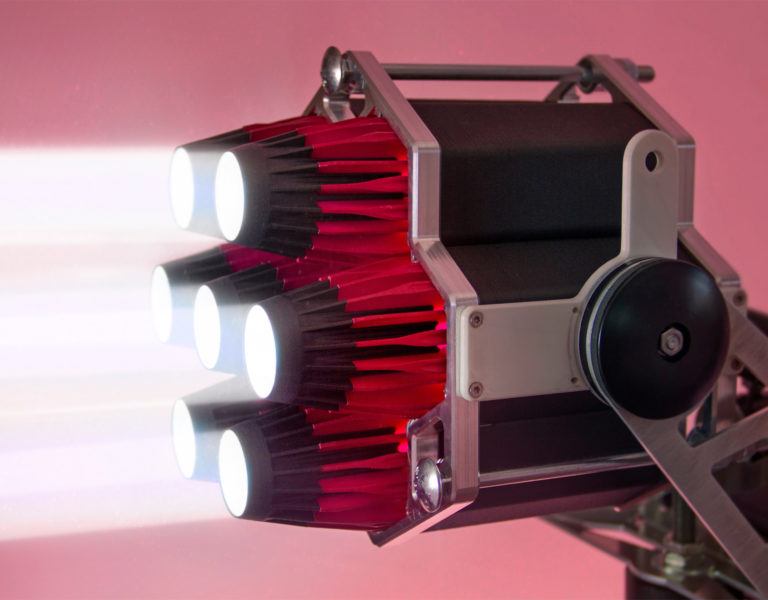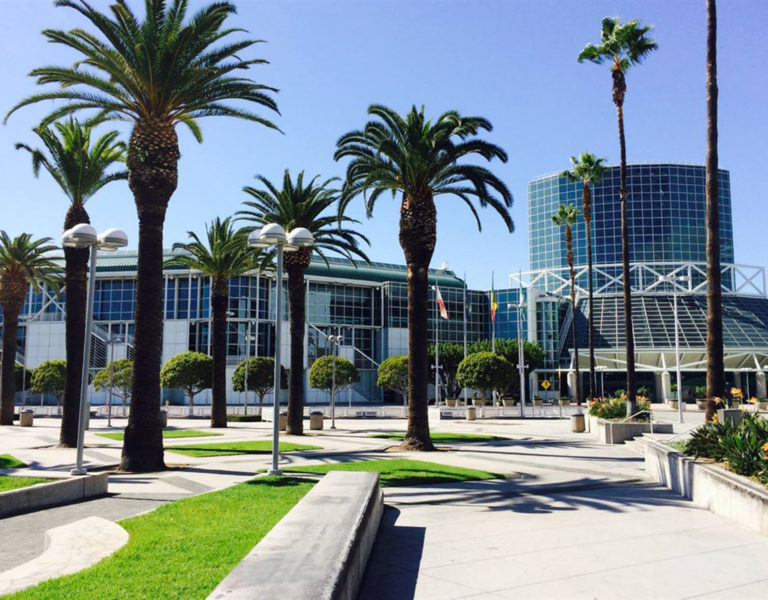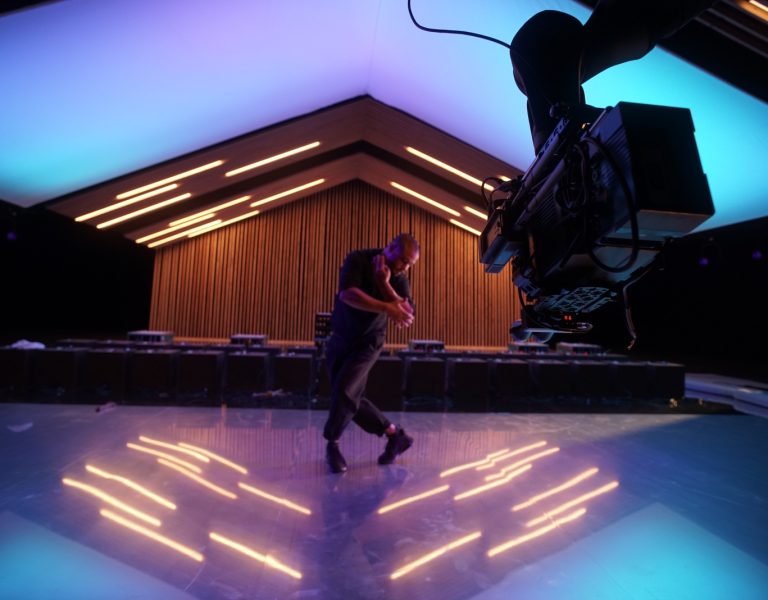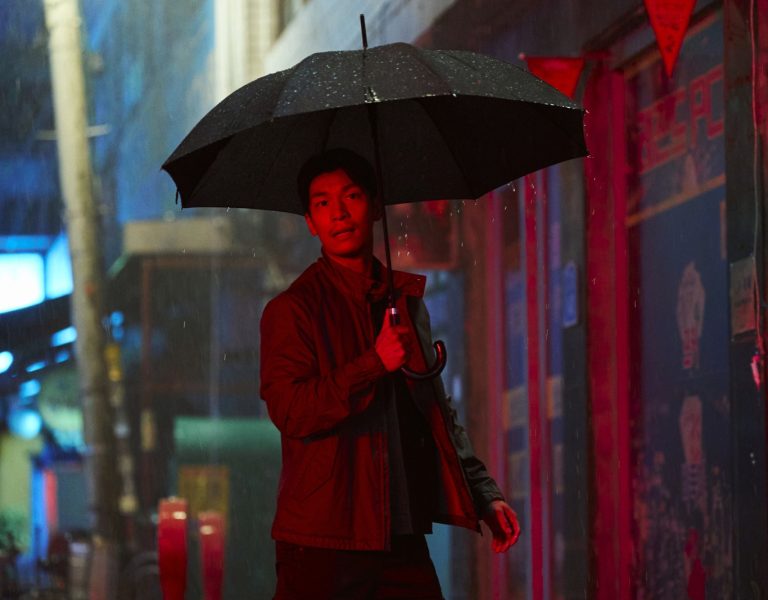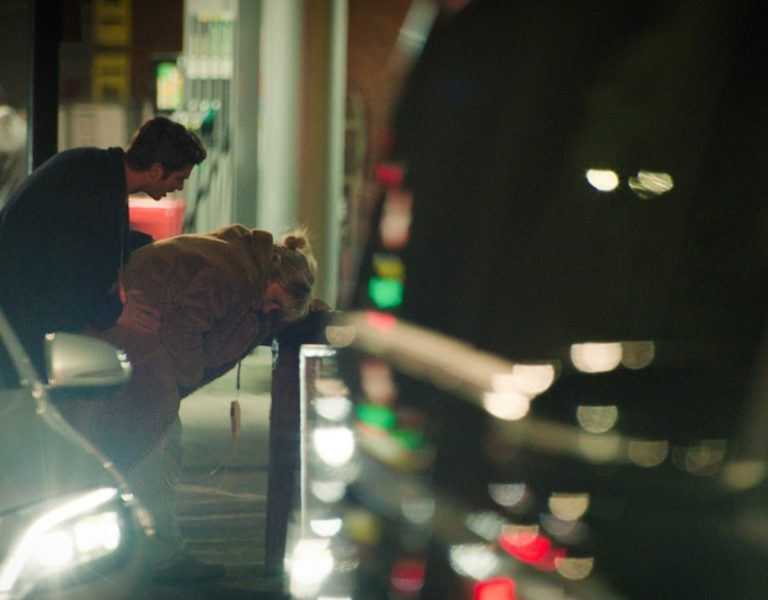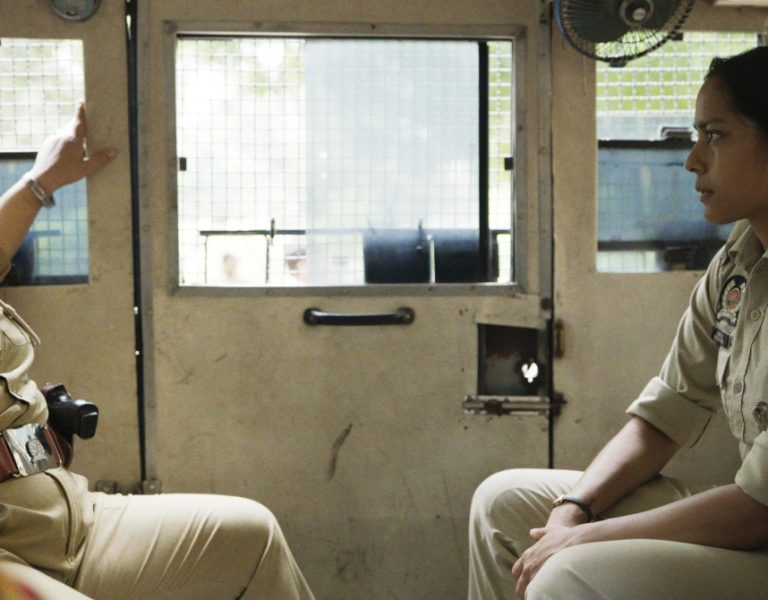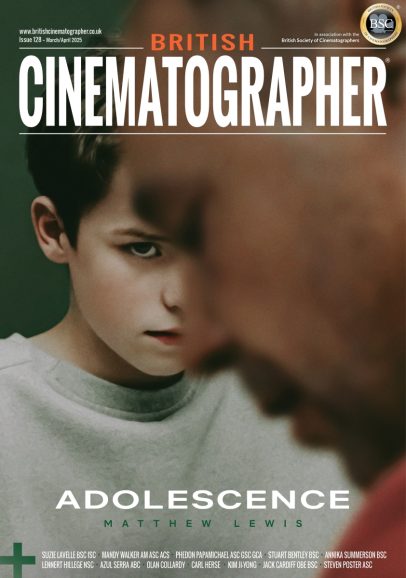From Jurassic World Dominion to Sonic the Hedgehog 2, second units get creative with capture.
Advances in camera and UAV technology are opening up once ‘impossible’ shots for final picture and to enhance VFX. The small form and lighter weight of new cameras are giving filmmakers both speed and flexibility on set.
A major action sequence on Jurassic World Dominion was designed to be filmed in Malta. A and B units were scheduled to go but when filming was halted in March 2020 and plans changed. To streamline shoot days and minimise crew travel under Covid restrictions, only the second unit team would head to Malta while director Colin Trevorrow and cinematographer John Schwartzman ASC focused on the UK.
DP Patrick Loungway was in charge of second unit photography on the film. “RED’s Komodo is fiendishly light and needs far less apparatus to rig, so we could put them in so quickly – even at the last moment – when we had the most information about where a certain vehicle or prop is going to land and what would bounce off what,” he explains. “You can set up a shot in 30 seconds, pop it on a sandbag, screw it on a wall, or mount in vehicles.”
With the delay in filming, Schwartzman was able to get hold of a set of the first Komodos months before commercial release. Having planned to use Eyemo 35mm as crash-cams to match the 35mm and 65mm of the rest of the movie, Loungway now felt they had a digital camera to improve the stunt.

“I do love the Eyemo, as I love film, but it is vulnerable in stunt environments, not particularly flexible, and with only one minute of film in the can it is always touch and go whether you will get the material,” he says. “In one fell swoop on Jurassic we went from having to be very careful where to put the camera to protect them to – and I hate saying this – to something almost disposable.”
He elaborates: “I like to respect every piece of gear, but in stunt work you know cameras are going to be destroyed. Usually, the lens gets broken before the body. For this shoot, we were able to use Nikon NIKKOR lenses purchased on eBay for under $100. We just flipped the paradigm on Dominion where we could suddenly be much more cavalier about where to put the camera.”
The second benefit for Loungway is the ability for rapid set-ups. “With stunt work, you plan and plan so everyone feels like they know what’s going to happen. Right up to the last moment you are getting more and more information from rehearsals to make the shot better. Being able to deploy a camera late in the game and frankly not worry too much about it yields some fantastic shots.”
For an extended action sequence featuring star Chris Pratt zigzagging through the streets of Valetta being chased by raptors, Loungway placed Komodos on the stunt bike as well as on a chase vehicle.
“Maybe you could have gotten these shots in the past, but it would have been much harder and taken much longer,” he says. “The small size of the camera means there’s really no restriction as to where you can put it, plus it takes just half a minute to swap it from chassis to back wheel and go again.”
Company 3 senior colourist Stefan Sonnenfeld devised a LUT for the Komodo on this shoot that would match the colour space of 35/65mm in the DI. Panavision had detuned a set of Primos for Schwartzman while Loungway mounted the NIKKOR lenses on the REDs.
“There was this great balance between the detuned Primos on film which was double soft and the Komodo chip which is so smooth and which the NIKKORs softened further. The imagery levelled out for some great images.
“Plus, shooting 6K leaves a lot of room to degrade the image to match the film cameras. The very nature of these shots is quick, almost impressionistic. When you’re comping a dinosaur in whip pan frames it helps VFX to have a global shutter so you’re not introducing another level of distortion.”

Ready for action
On Loungway’s next project, the second unit used four Komodos. Indiana Jones 5 is lensed by Phedon Papamichael ASC for director James Mangold and targets a 2023 release. The Komodos were fitted with 1.3 squeeze anamorphic lenses to fit footage from A camera.
“Both in Malta for Dominion and in Morocco for Indy, we never had any heat problems with the Komodo,” says Loungway. “We did destroy one on Indy but we were able to resurrect it and continue using it. It’s pretty indestructible unless it takes a direct hit.”
The camera was also used in preproduction. “We also used the Komodo when scouting as a director’s finder that we would then roll on. If we happened to be scouting an establishing shot at sunrise, we got a shot with camera that is good enough to maybe even be in the movie or at least is a great representation of how it would look if we went back for principal photography.”
The marriage of lighter cameras with faster agile drones is also bringing greater options to the table.
“Komodo opens the physics of what is possible,” says Patrick Weir, aerial director at Vancouver-based special camera team Peacemaker Filmworks and an active member of IATSE 669 as a UAV Aerial Cinematographer. “The better power-to-weight ratio of the drone allows you to plot longer flights and more complex manoeuvres all with a cine-lens and camera.”

For Sonic the Hedgehog 2, Weir was tasked by second unit DP Peter Lyons Collister ASC to capture plates for a high-speed action sequence in which Sonic is snowboarding down a mountain being chased by Dr. Robotnik. Weir was part of a splinter unit in the Rockies that helicoptered up to 14,000ft to fly race drones when weather allowed.
“The goal was to get plates of all these gullies and ravines on top of the mountains and to dive straight down with vertiginous walls on either side,” Weir recalls. “A heavy-lift UAV wouldn’t be able to get as close to the walls or as low to the ground as we wanted so we custom-built an FPV (first person view) for this job capable of operating at altitude and falling straight down to get that low ground rush of speed.”
The film’s DP, Brandon Trost, had decided to shoot the film on Monstro and with early units of Komodo in their hands, it was the obvious camera choice for this sequence paired with Laowa 12mm and 9mms.
“The helicopter would take us near the top and we’d perch on a ledge and essentially aim for free fall at terminal velocity,” Weir explains. “The first time we didn’t know what was going to happen. We’d tested the drone at sea level with the same payload but flying at altitude is never the same since the aerodynamics are affected by thinner air and other climactic conditions.
“When we put the drone into freefall, it was at the limits of its operational range. It almost stalled a few times and when it landed the battery was completely empty – but we got the shot.”

Peacemaker and development partner Catalyst Machineworks had built in an accelerometer to track the drone’s movement. During flight, this transmits a signal that tells the drone what was meant to be a planned camera move and what was just a bump caused by the air conditions. The same signals can be decoded by software in post and used to delete unintentional shots and to crop and stabilise the frame. Capturing at 6K gave more than sufficient headroom to output a high-resolution final image for VFX.
Also, for Sonic 2 they built a 360-degree rig of seven Komodos mounted with 3-axis stabilised heads into the passenger seat of a convertible Porsche 911. Six of the cameras were arrayed in a circle and one angled upwards, recording footage from the car driving through downtown Vancouver. The footage was used as the base layer for a photogrammetry solve of the street.
“The beauty of it is we can do this without locking off the road,” says Weir.
For Netflix’s sci-fi action comedy The Adam Project, Peacemaker and Catalyst built an even smaller drone to fly at speed into and through a forest. The Whoop Lifter was designed and named after the Tiny Whoop FPV consumer craft that features shrouded propellers for safety.
“Where race drones really come into play is where you want to get the rush of speeds up to 140kph and the agility to dive down, pull forward and to turn,” Weir says. “You don’t get the same agility with a heavy lift drone but the limitation of FPV has been the quality of camera you can carry. With this lighter weight camera on The Adam Project we could fly high then dive into a tiny hole in the forest for POVs of space soldiers on hoverboards chasing Ryan Reynolds and Zoe Saldaña in a car.”
As esteemed stills photographer Elliot Erwitt once said in response to the question ‘What is the best camera?’; “It’s the one you have with you.”

